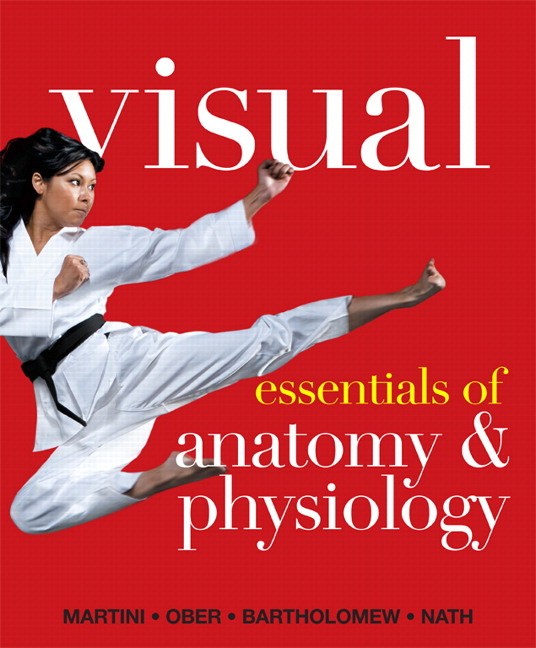Chapter 6 flashcards
Post on: 23 Июнь, 2015 No Comment

1. Risk that can be eliminated through diversification is called ______ risk.
2. The _______ decision should take precedence over the _____ decision.
3. Many current and retired Enron Corp. employees had their 401k retirement accounts wiped out when Enron collapsed because ____.
8. The ________ is equal to the square root of the systematic variance divided by the total variance.
12. The variance of a portfolio of risky securities is __________.
16. Consider an investment opportunity set formed with two securities that are perfectly negatively correlated. The global minimum variance portfolio has a standard deviation that is always __________.
17. Market risk is also called __________ and __________.
18. Firm specific risk is also called __________ and ___________.
20. Harry Markowitz is best known for his Nobel prize winning work on ______________.
21. Suppose that a stock portfolio and a bond portfolio have a zero correlation. This means that
22. You put half of your money in a stock portfolio that has an expected return of 14% and a standard deviation of 24%. You put the rest of you money in a risky bond portfolio that has an expected return of 6% and a standard deviation of 12%. The stock and bond portfolio have a correlation 0.55. The standard deviation of the resulting portfolio will be _________________.
24. The term complete portfolio refers to a portfolio consisting of __________________.
25. Rational risk-averse investors will always prefer portfolios ______________.
26. The optimal risky portfolio can be identified by finding _____________.
An investor can design a risky portfolio based on two stocks, A and B. Stock A has an expected return of 18% and a standard deviation of return of 20%. Stock B has an expected return of 14% and a standard deviation of return of 5%. The correlation coefficient between the returns of A and B is 0.50. The risk-free rate of return is 10%.
An investor can design a risky portfolio based on two stocks, A and B. Stock A has an expected return of 18% and a standard deviation of return of 20%. Stock B has an expected return of 14% and a standard deviation of return of 5%. The correlation coefficient between the returns of A and B is 0.50. The risk-free rate of return is 10%.
44. The part of a stock's return that is systematic is a function of which of the following variables?

47. As additional securities are added to a portfolio, total risk will generally ________ at a _________ rate.
48. According to Tobin's separation property, portfolio choice can be separated into two independent tasks consisting of __________ and ___________.
a. Identifying all investor imposed constraints; identifying the set of securities that conform to the investor's constraints and offer the best risk-return tradeoffs
b. Identifying the investor's degree of risk aversion; choosing securities from industry groups that are consistent with the investor's risk profile
c. Identifying the optimal risky portfolio; constructing a complete portfolio from T-bills and the optimal risky portfolio based on the investor's degree of risk aversion
d. Choosing which risky assets an investor prefers according to their risk aversion level; minimizing the CAL by lending at the risk-free rate
C. Identifying the optimal risky portfolio; constructing a complete portfolio from T-bills and the optimal risky portfolio based on the investor's degree of risk aversion














